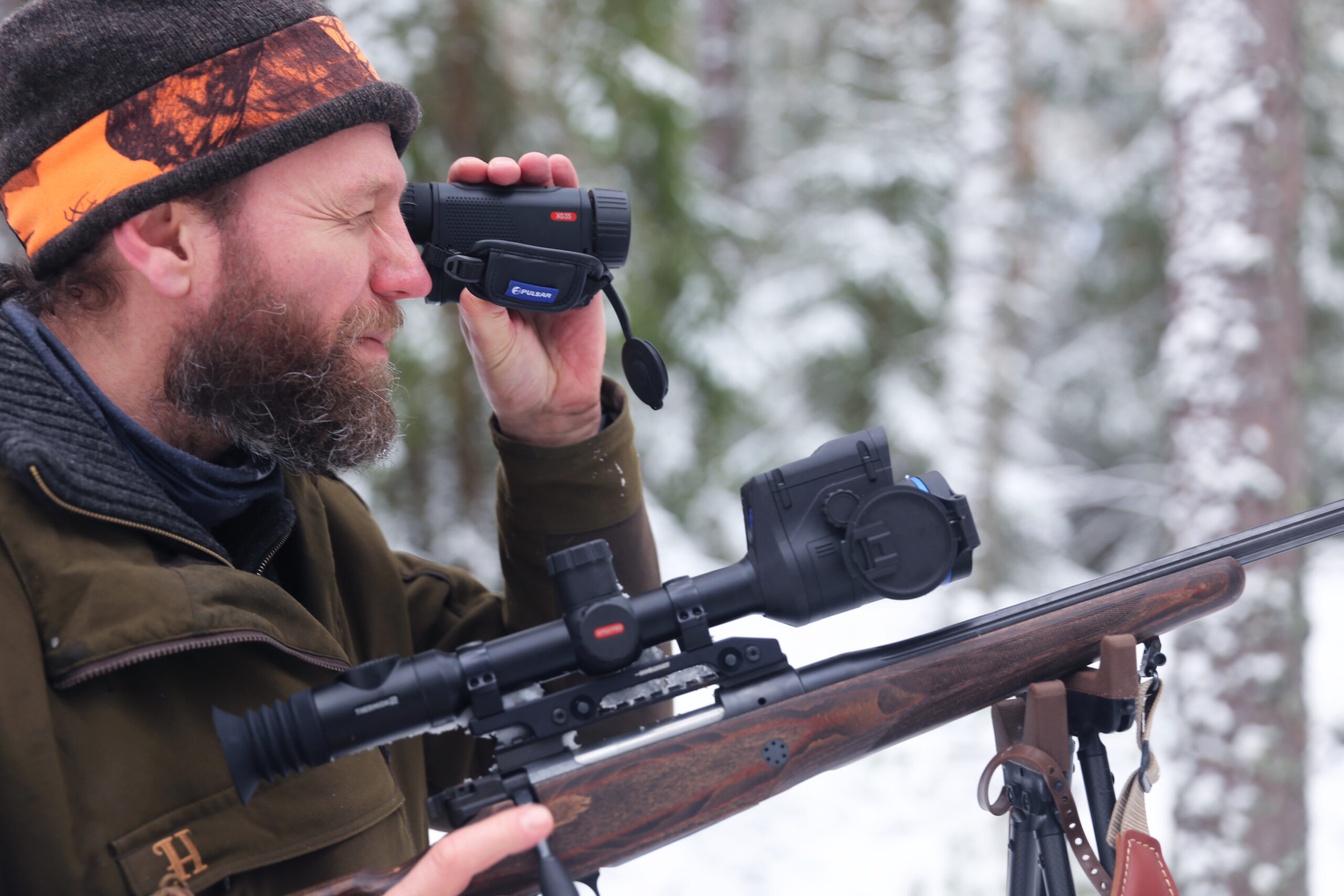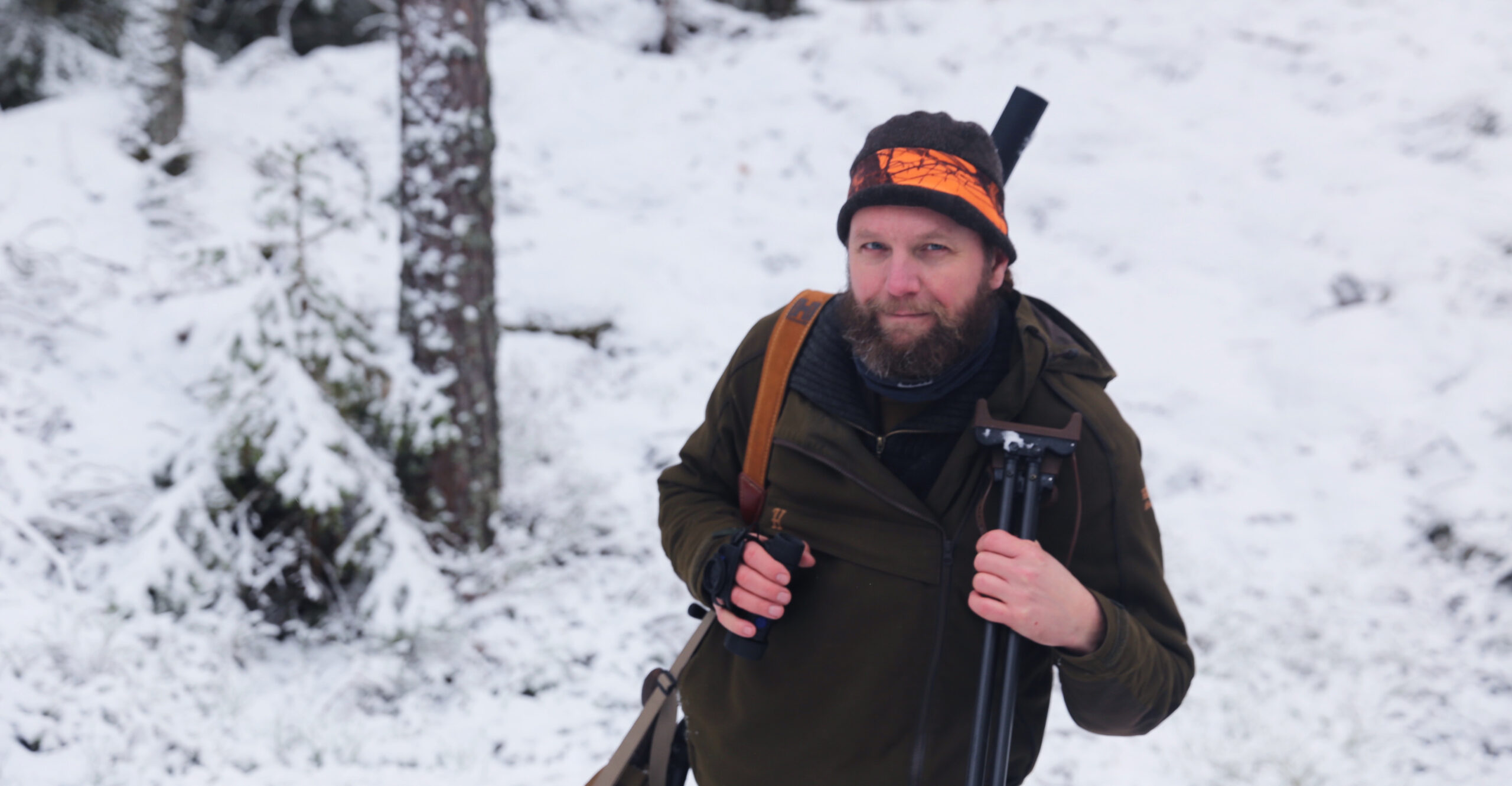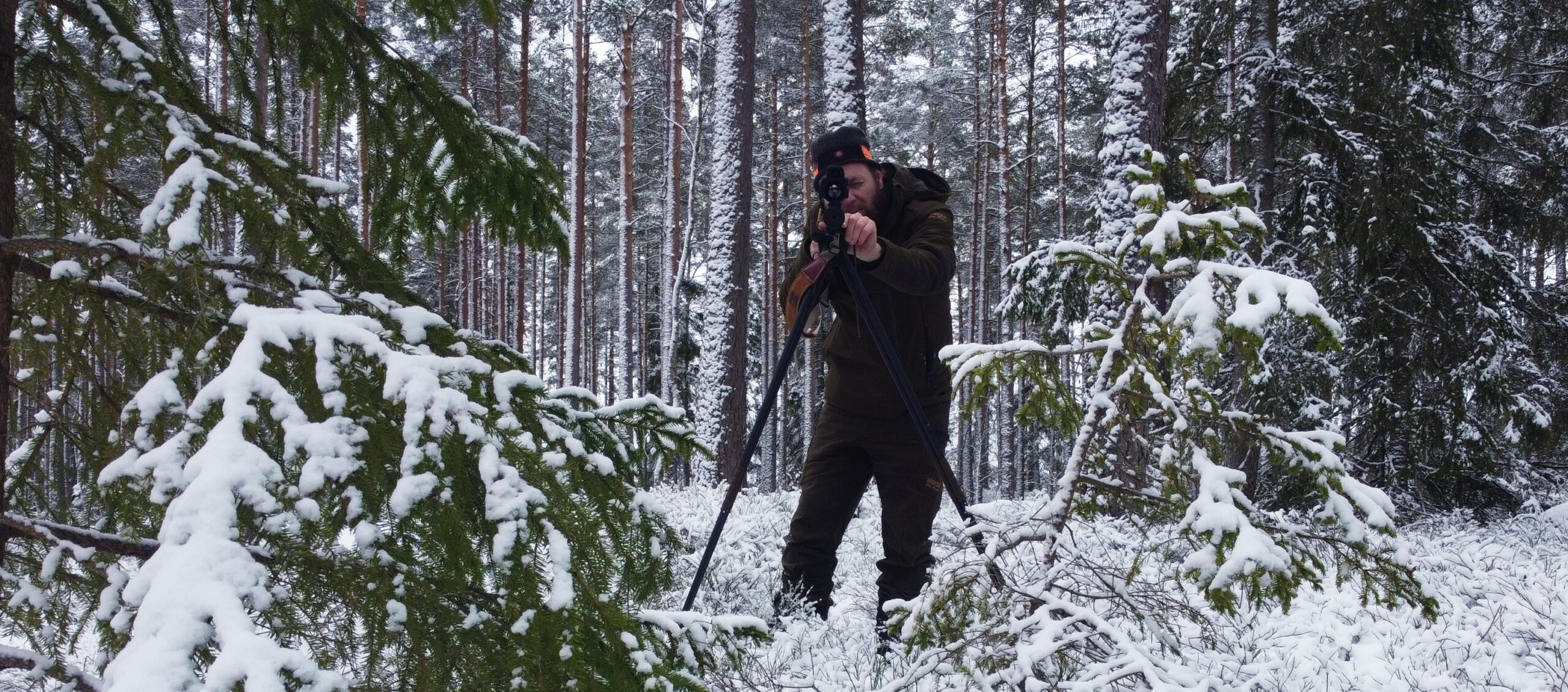“Ethics are a topic that depends on a country, area, individual, group, time and education,” says Jón Rúnar Guðjónsson when we ask him to share what ethical hunting means to him. An Icelander currently based in Denmark and hunting in Sweden, he has traveled to many countries to hunt, and the multicultural experiences made him realize that hunting ethics is not a black-and-white topic that can be exhausted with one sentence. So, we asked him to elaborate. Now, we invite you to read his thoughts about the topic.
Not a black-and-white issue
I find that ethics vary very much between countries and areas. It’s important for me to always give my respect for the game, no matter how big or small. Never step over the animal or disrespect it. I am thankful for the life given so that I and those around me will have a delicious meal to share.
Ethics are also very environmentally defined. In continental Europe, harvesting a bird on the ground is usually called bad hunting ethics. But that is because often the flora gives you many birds without a big effort of hunting – you mainly need good shooting skills to bag a bird. But if you hunt ptarmigan in Iceland, you pursue a group of birds, and it takes a 15-kilometer hike over mountains and hills to find them. Shooting them on the ground is not considered bad ethics, though the European way has influenced some of the Icelandic hunters. The more hunting you do and the more cultures, areas, and countries you visit for hunting, the less black-and-white ethics get – they become more dependable on area, species, and situation.
Practice and mistakes
Good ethics also include knowing your limits and choosing the right animal to harvest. To do so, you need to train and get experience. I consider myself a fairly good shooter, but I have made mistakes that hold me back from driven hunts. I prefer having more time to choose the animal I want to harvest. Therefore, night and stalking hunts are my favorite types, especially when I have access to gear that helps me make the correct decisions.
But having the right gear is not enough; you need to know it, and many hunters who are starting to use thermal or night vision rifle scopes lack the knowledge. Therefore, every Wednesday evening, I teach those interested in how to use your night and thermal gear. There, I find two of the most important parts that many don’t know how to adjust. The diopter ring, which is the ring closest to your eye, has to be adjusted so the icons on the screen are crystal clear. And then, you need to learn to adjust the focus, which is the ring or nob typically closest to the lens. When you master these two adjustments, it’s much, much easier to make an ethically clean kill, choose the right animal, and, of course, sight the unit correctly in for a very precise shot.
Aside from the lack of that type of knowledge, I luckily don’t see that many ethical or safety mistakes made. However, some people forget to unload the rifle while climbing up and down from a high seat or to show to another hunter that their gun is empty before entering a vehicle. That I think we could all get better at doing.
On other ethical parts of the hunt, I don’t enforce my thoughts on others. Just like religion and other matters of private life, ethics are a part of who you are and how you are brought up. It is very individual. When asked, I only show my way of doing things but don’t superimpose it as the only correct way. I, too, have made and still make my mistakes, but I also learn from them and try to avoid repeating them.
An ethical shot
And finally, there are shooting ethics. If we speak of good hunting ethics, most hunters agree that a good ethical harvest is as fast and as painless possible. But then there are differences. A clean headshot is a very fast way of harvesting an animal, but if it goes wrong, you will have a badly wounded animal that suffers for days before dying of hunger or thirst and is hard to track. Therefore, most hunters will say that a clean, ethical harvest is done by hitting the heart-lung area of an animal. The hitting area is bigger, the animal won’t suffer, and it’s easier to find.
For me, ethics are many things taken into consideration, including which game is being pursued and how many animals of the pursued species there are in the area. Then, there is the range and flora. In a dense forest, 80-100 m is, for me, a maximum because a follow-up shot is almost impossible. On a field or hills, ranges can vary much further. Because you often have a chance of a second or third shot. Though we all wish for one shot, one kill.
But as I said, it always differs. Hunting for hares with a 17 HMR will almost always be headshots because that is quick, there is no meat loss, and it is the most visible part of that species. Hunting roe or bigger deer, I aim for the heart-lung section. If the flora is difficult for retrieval, I tend to aim for the spine for a drop shot or high lung shot.
So, to summarize, good hunting ethics for me are all about respect for life and nature, safety and security for humans, and as quick and painless clean harvest as possible. For me, it’s vital to adapt to every situation and environment to make informed decisions that will allow all species to prosper in the long term.
On other ethical parts of the hunt, I don’t enforce my thoughts on others. Just like religion and other matters of private life, ethics are a part of who you are and how you are brought up. It is very individual.
Jón Rúnar Guðjónsson
Before purchasing any night or thermal vision device, please make sure you adhere to the local legislation and only use it when it is allowed. Our ambassadors come from various countries and travel a lot, which allows them to test different devices. We do not encourage or support the illegal use of our devices in any events. If you wish to learn more about export and sales restriction policy, please visit the following link: Export and Sales Restriction Policy.


